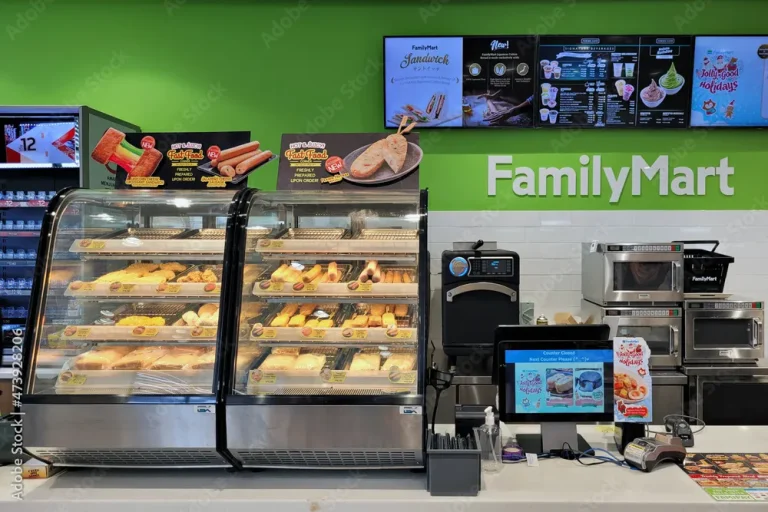
If you’ve never traded before and are looking for a simple way to get started in 2025, Quotex might be the perfect platform for you. With its user-friendly interface, fast execution, and a range of financial assets to choose from, Quotex makes trading accessible for complete beginners.
This tutorial will guide you step-by-step through everything you need to know to start trading on Quotex with confidence—even if it’s your first time hearing the term “digital options.”
What is Quotex?
Quotex is a digital options trading platform where users predict whether the price of an asset will rise or fall over a set period. If your prediction is correct, you earn a fixed profit. If not, you lose the amount you invested in that trade.
Unlike traditional stock trading, you’re not buying actual shares or assets. Instead, you’re making fast decisions based on market movements, usually within minutes.
Step 1: Create and Set Up Your Account
Starting on Quotex is fast and simple:
- Register an account – Fill in a short form with your email and password.
- Choose demo or real trading – Beginners should always start with the free demo account.
- Explore the platform – Before placing trades, get familiar with the layout.
The demo account includes $10,000 in virtual funds, which allows you to practice risk-free while learning how the platform works.
Step 2: Understand the Trading Interface
Quotex offers a clean, uncluttered trading screen. Here’s what you’ll see:
- Live Price Chart – Displays real-time price movement of your chosen asset.
- Asset Selector – Pick from currencies, cryptocurrencies, indices, and commodities.
- Timeframe Settings – Choose how long the trade will last, from 1 minute up to several hours.
- Trade Amount Box – Enter how much money you want to risk on a trade.
- UP / DOWN Buttons – Click UP if you believe the price will go up; DOWN if you expect it to drop.
Learning to navigate this layout is key to becoming a confident trader.
Step 3: Choose the Right Asset
Quotex lets you trade several types of financial instruments:
- Currency Pairs like EUR/USD, GBP/JPY
- Cryptocurrencies like Bitcoin or Ethereum
- Stock Indices like Nasdaq or S&P 500
- Commodities like Gold, Oil, and Silver
For absolute beginners, major currency pairs are often the easiest to start with due to their liquidity and stability.
Step 4: Learn How to Place a Trade
Here’s a simple breakdown of placing your first trade:
- Select an asset to trade.
- Choose your trade duration (e.g., 1 minute, 5 minutes).
- Set your investment amount (e.g., $1, $5, $10).
- Analyze the chart (use indicators or observe trends).
- Predict the direction – click UP or DOWN.
- Wait for expiration – see if your prediction was correct.
If you guessed right, you receive a payout based on the asset’s return percentage (usually between 70–90%). If you were wrong, you lose only the amount you invested in that trade.
Step 5: Use the Right Tools
To trade smartly, even beginners can benefit from using simple tools:
- Moving Averages – Help identify trends.
- RSI (Relative Strength Index) – Shows if an asset is overbought or oversold.
- Support & Resistance Levels – Mark key price zones where prices tend to reverse.
Start with just one or two indicators. Don’t overload your chart, and focus on learning how each tool works over time.
Step 6: Practice with the Demo Account
Before using real money, spend several days (or weeks) practicing on the demo account. Try to:
- Understand chart movements
- Test different timeframes
- Get used to opening and closing trades
- Practice with indicators
- Track your win/loss record
This is your opportunity to build experience without any risk.
Step 7: Follow a Daily Routine
As a beginner in 2025, you don’t need to trade all day. Consistency is better than volume. A simple trading routine could be:
- 10–15 minutes analyzing charts
- 2–5 focused trades using your strategy
- Record results in a trading journal
- Review your performance at the end of the day
Following a routine keeps you disciplined and helps avoid emotional or impulsive trading.
Step 8: Manage Your Risk
Risk management is critical, especially when starting out. Here are essential rules:
- Never invest more than 1–3% of your balance per trade
- Set daily loss limits (e.g., stop after 3 losing trades)
- Avoid revenge trading or chasing losses
- Stay calm and focused—even after wins or losses
Controlling your risk means you stay in the game longer and can learn over time.
Final Tips for Success
- Don’t rush into real-money trading
- Focus on learning, not just winning
- Be patient—experience builds confidence
- Stay consistent with your strategy and journal your progress
- Take breaks when you feel emotional or tired
Quotex makes trading simple, but success comes from practice and discipline. Use every trade as a learning experience, and don’t worry about perfection.





